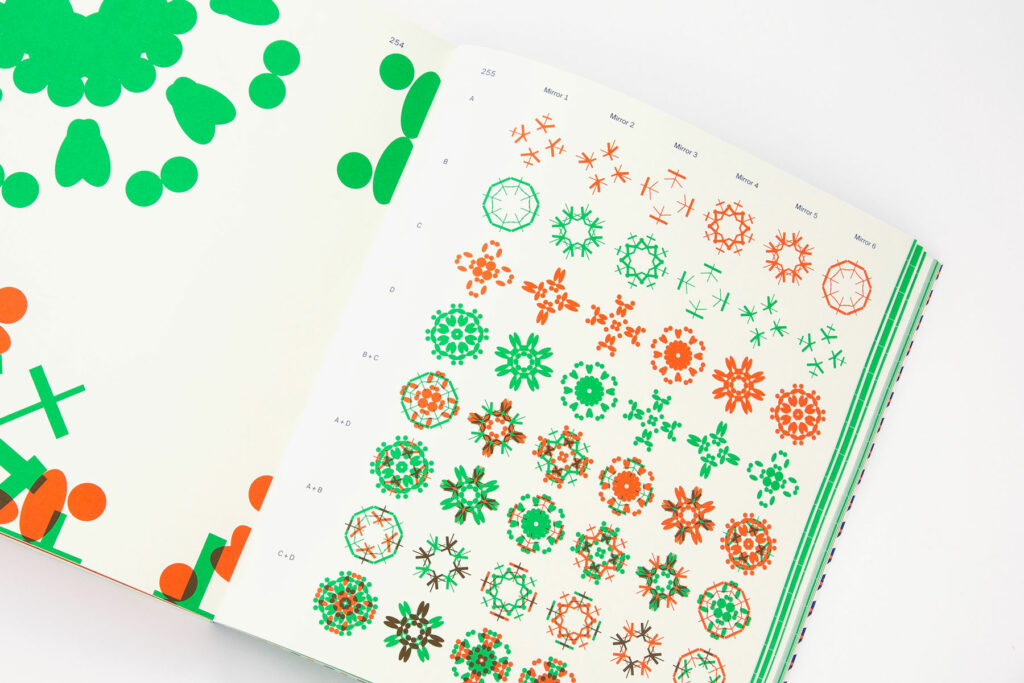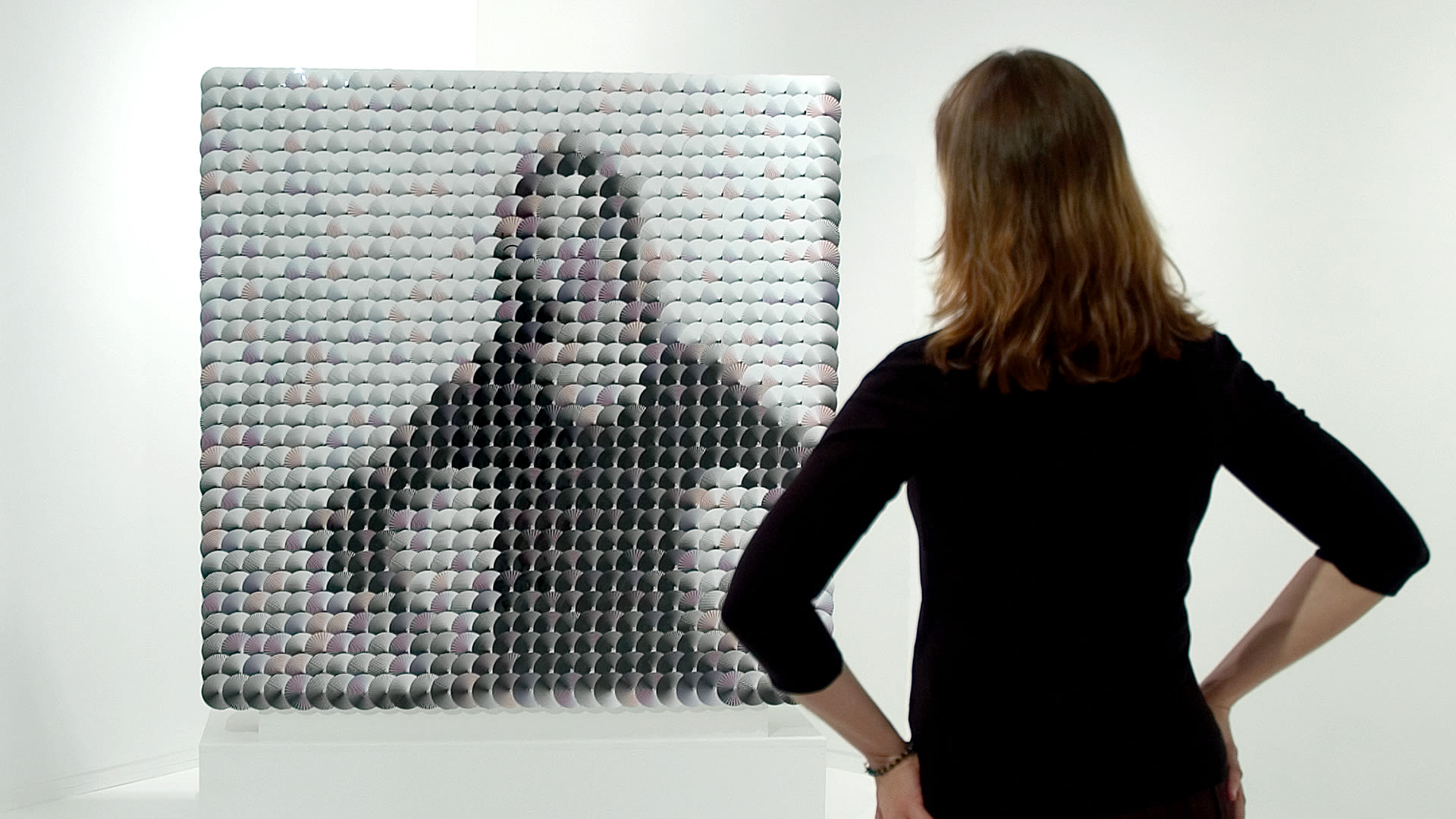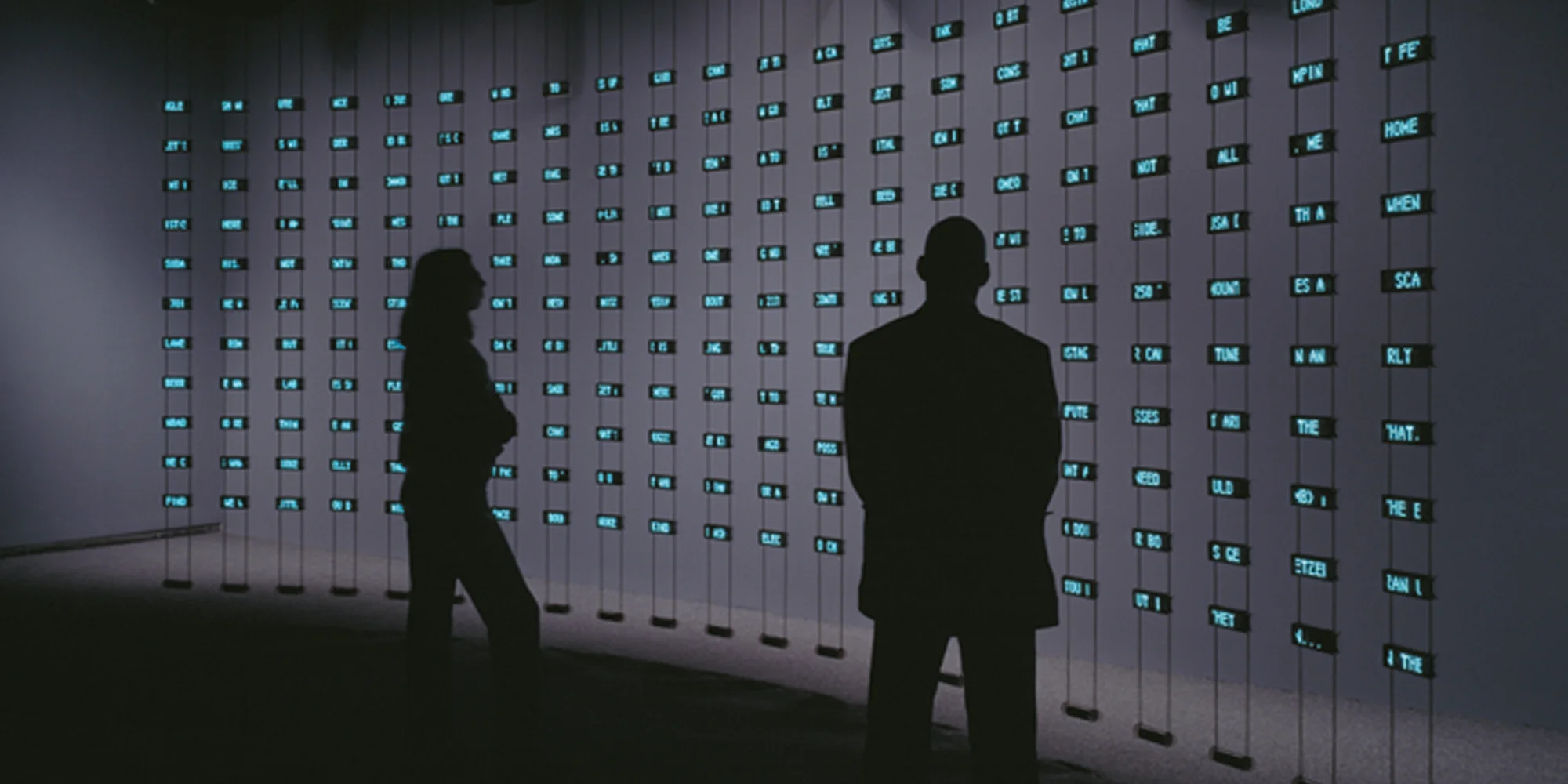Week 6-10
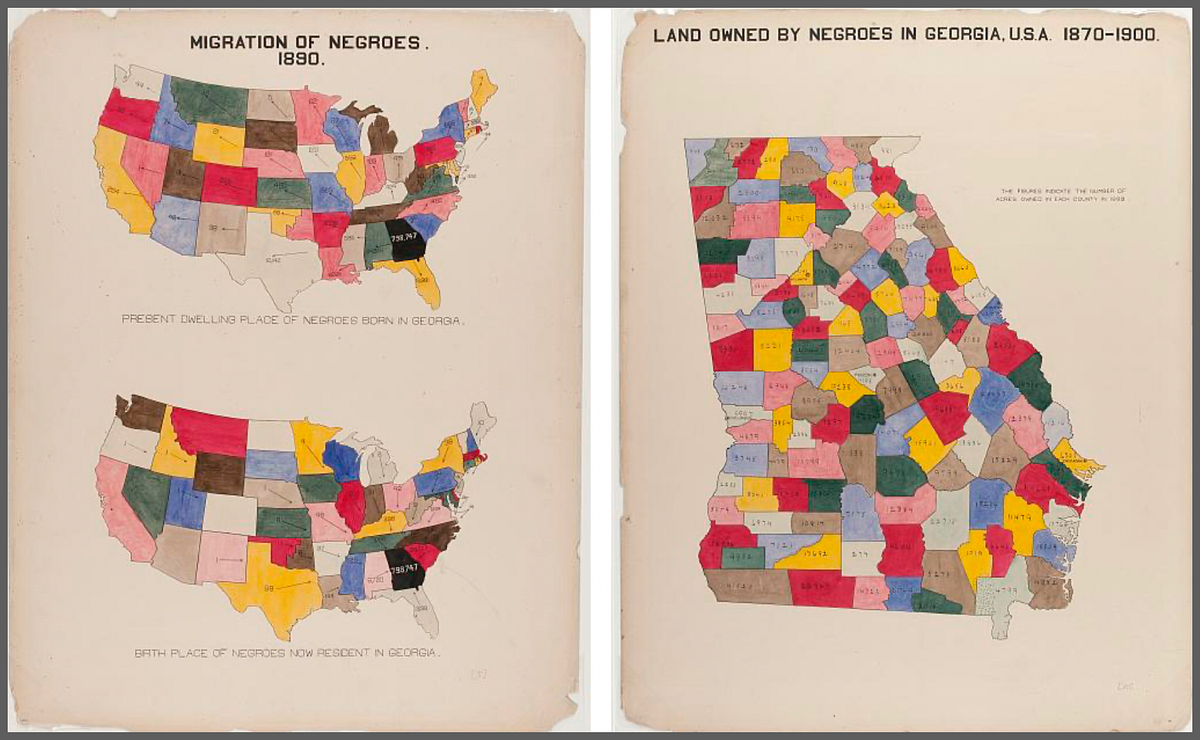
W. E. B. Du Bois, Visualizing Black America.
Building on the understanding of variables, this unit introduces the
concept of data as a powerful and complex resource.
Data is never neutral. It reflects social, cultural, and political
conditions that shape how it’s collected, interpreted, and represented.
Designers have long used data to drive change. From W.E.B. Du Bois’s
visualizations of Black life, to Florence Nightingale’s medical charts,
to Minard’s map of Napoleon’s campaign, and Muriel Cooper. In the late
20th century, advances in computing enabled designers to collect,
analyze, and use large datasets, giving rise to generative and
algorithmic design practices.
By treating data as both a creative and critical material, they can
shape structure, embed deeper meaning into their work, and at times
expose hidden biases or systemic injustices.
In this unit, you’ll not only learn how to translate data into dynamic,
tangible objects using technology, but also critically examine what it
means to introduce data into the design process. You’ll develop
techniques for mapping real-world data into design and harness the
computer’s ability to perform complex calculations and iterative loops,
enabling forms that would be difficult or impossible to construct
manually.
Project 2: Data Sculpture
View All Projects
This assignment is due Nov 4.
Guided by Workshop 2
Choose a structured dataset connected to a social, cultural, or
environmental topic that holds personal significance for you.
You may work with existing and publicly available datasets and visualize
it. However, you are encouraged to design and collect new data related
to a specific aspect of your life or social issue. Possible themes
include, but are not limited to, social inequality, cultural identity,
environmental issues, or reflection on surveillance.
Using tools like 3D printing, laser-cutting, or hand-built methods,
transform your dataset into a sculptural form. Consider how elements
like color, shape, size, texture, and structure can communicate your
data’s story.
You are welcome to mix and match different materials or use the 3D
printed form as a reference to recreate the sculpture in other
materials, expanding the possibilities of how your data is experienced
physically.
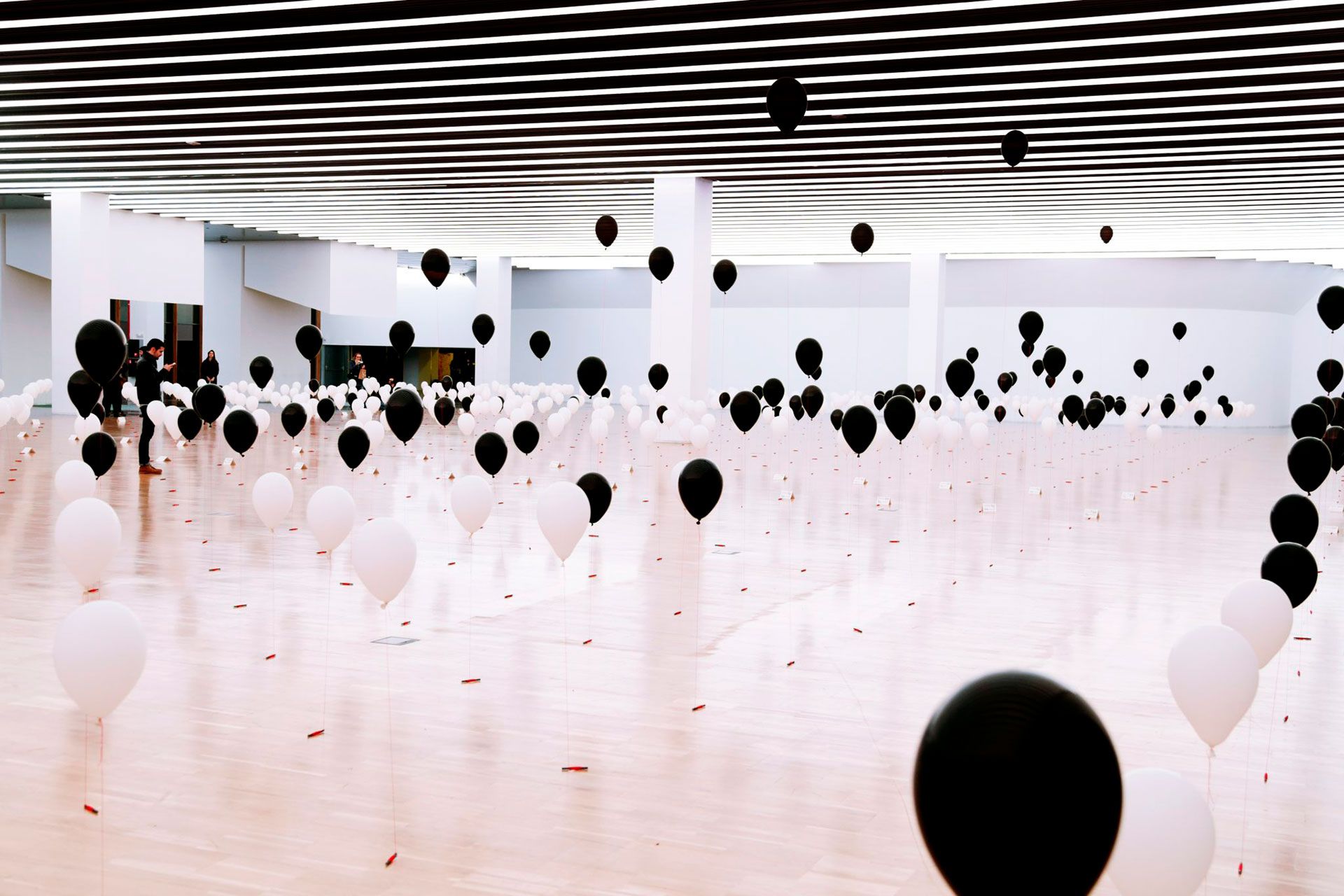
Domestic Data Streamer, Design Museum of Barcelona.

